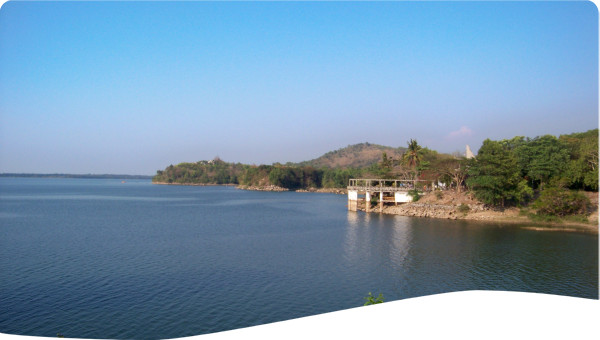In March 2017, the High Court of Uttarakhand in India ruled in the Ganges and Yamuna and the Glaciers cases that the Ganges and Yamuna rivers, the Gangotri and Yamunotri glaciers, as well as other natural objects in the state of Uttarakhand enjoy legal rights. In both cases, the High Court established the natural objects as legal minors and conferred guardianship responsibilities on several individuals within the state government of Uttarakhand. These judgments create novel legal rights for nature and, as such, present powerful examples of the increasing relevance of rights-centred environmental protection. The impact of this case law, however, is uncertain. As a start, the legal rights entrusted to nature are underpinned by such broad definitions of ‘harm’ that it is difficult to envision successful implementation. Further, the Ganges and Yamuna case is currently stayed pending appeal to the Supreme Court, which may decide to overturn the High Court’s findings. Still, these cases are important to analyse, especially in light of how constructing nature as a legal subject/legal person shifts environmental law away from public law and into the sphere of private law. Also, the Ganges and Yamuna case draws explicitly on Hinduism to support the sacred status of the Ganges and Yamuna rivers, which, in the current context of the Hindu Nationalist Movement, may prove controversial.
Description / Abstract
Publication year
Country
Region
Publisher
English

 Resource
Resource
